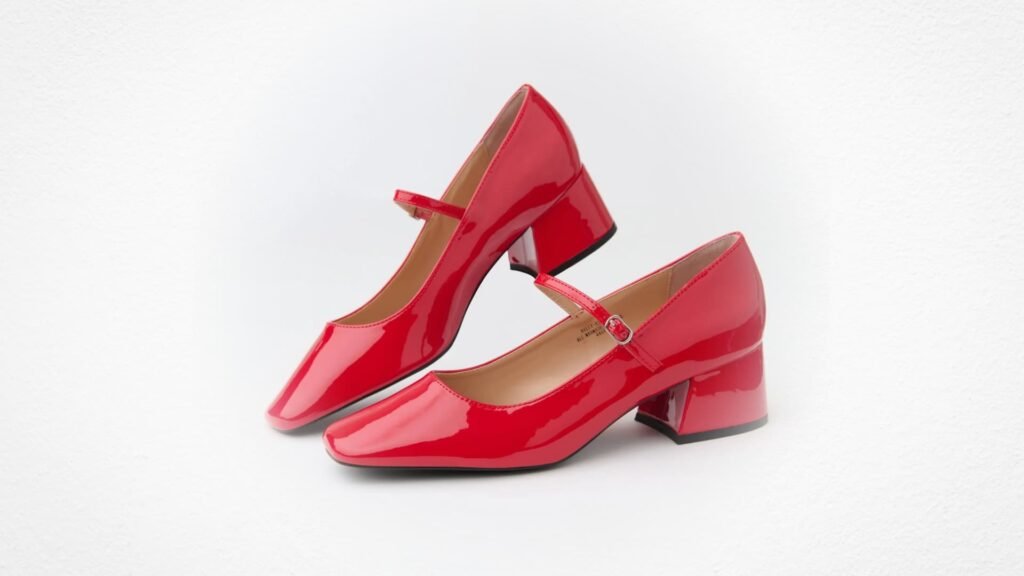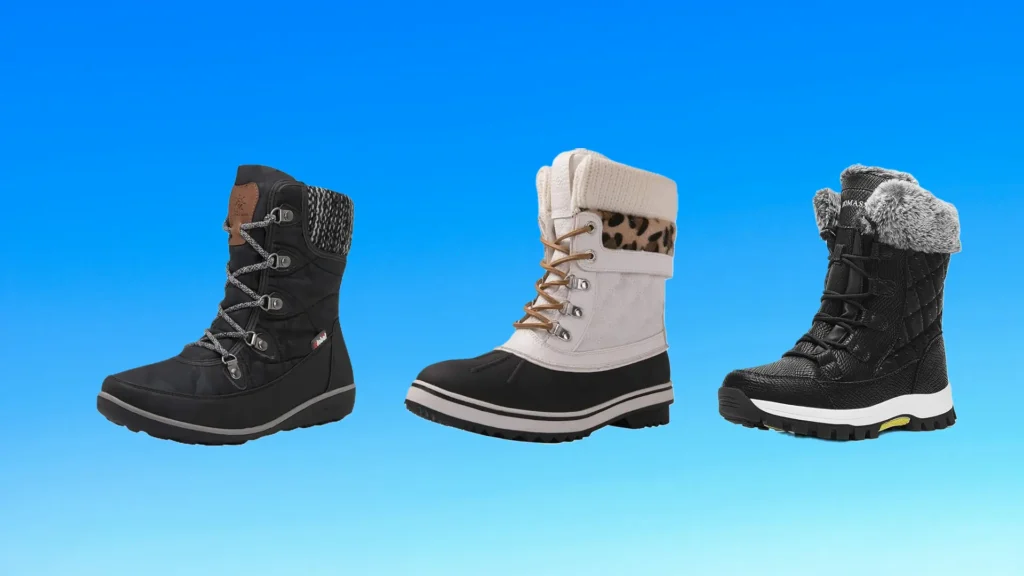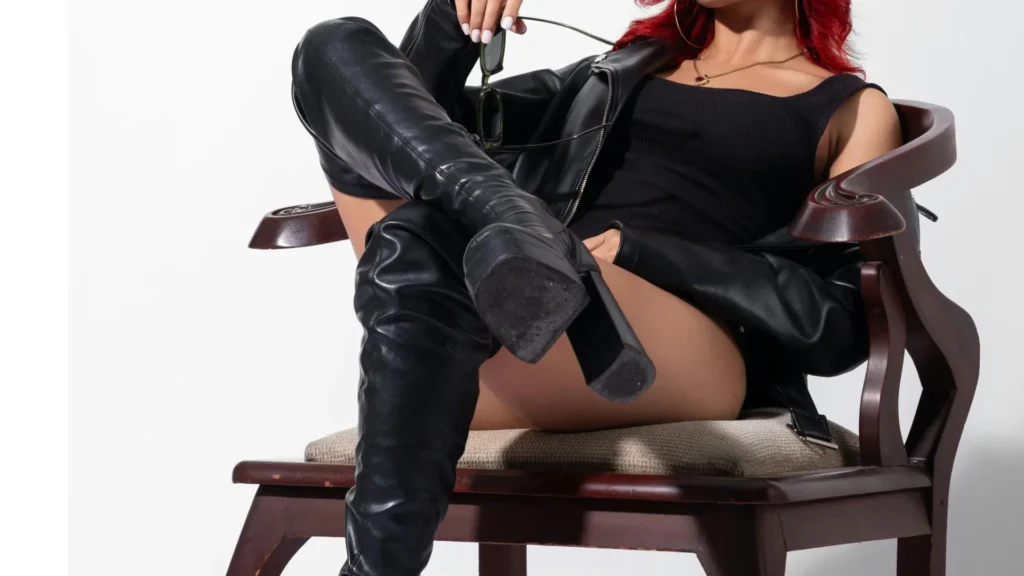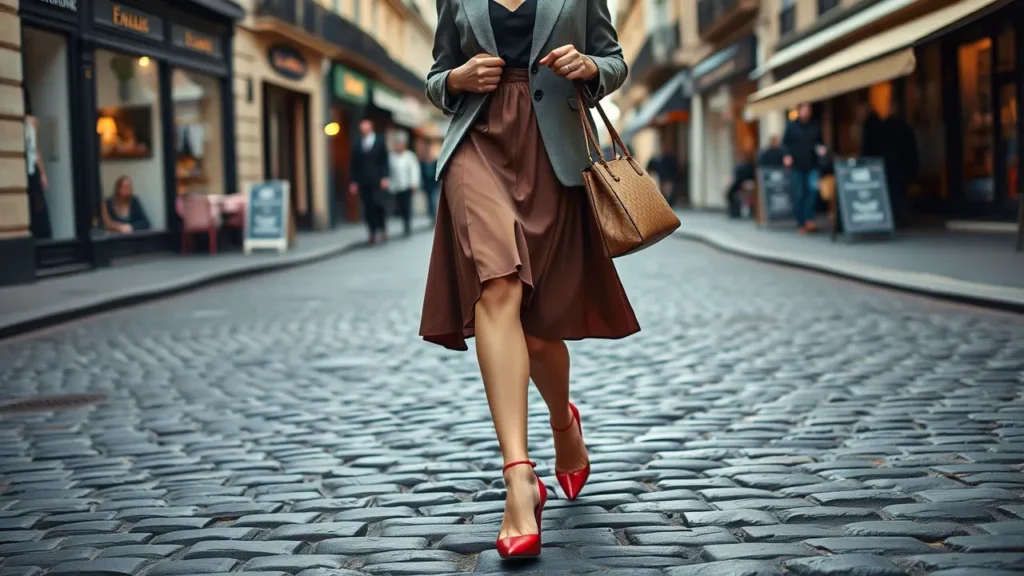Fashion is cyclical. In recent years, vintage shoes have experienced a remarkable resurgence. These nostalgic designs are being embraced by fashion enthusiasts worldwide. This article explores why vintage shoes are making such a strong comeback.
Why Vintage Shoes Are Trending Again
The resurgence of vintage shoes in today’s fashion landscape is not merely a fleeting trend. It reflects deeper shifts in consumer behavior, cultural influences, and the desire for self-expression. Let’s delve further into why these timeless designs are making a triumphant return to the forefront of fashion.
A Celebration of Craftsmanship
Vintage shoes represent a stark contrast to the fast fashion. They embody a level of artistry and attention to detail.
Many vintage shoes were crafted by skilled artisans who dedicated hours to perfecting every stitch, seam, and embellishment. This meticulous approach ensured that each pair was unique and built to last. For example, brogues from the mid-20th century featured hand-punched perforations that allowed air to circulate within the shoe.
Vintage footwear utilized premium materials. Full-grain leather, supple suede, and luxurious fabrics like silk and velvet were common. These materials enhanced durability and provided a rich texture and finish that mass-produced synthetic alternatives simply cannot replicate.
The rise of sustainable fashion has fueled interest in vintage items. By choosing antique shoes, buyers reduce demand for new resources and minimize their carbon footprint. Vintage shoes serve as tangible proof that style and sustainability can coexist harmoniously.
In a world saturated with mass production, there is a growing yearning for authenticity. Vintage shoes resonate deeply with individuals seeking genuine connections to the past. Owning a pair of vintage shoes feels like owning a piece of history. This is a reminder of a time when craftsmanship took precedence over convenience.
Unique Style in Vintage Shoes
Vintage shoes celebrate uniqueness and personality. Each design carries echoes of its era.
Every decade brought forth distinct shoe styles that reflected societal changes, technological advancements, and cultural movements. For instance, Mary Jane flats became iconic during 1920s. This symbolized women’s liberation and the flapper culture. Their low heels and rounded toes exuded playfulness and rebellion against restrictive Victorian norms.
Go-go boots epitomized youthful energy and mod fashion in 1960s. These shoes captured the spirit of freedom and experimentation.
Chunky platforms and glittery heels mirrored the hedonistic vibe of nightclubs and dance floors in the Disco era.
Vintage shoes feature intricate details that set them apart from contemporary designs. They are unique for their delicate embroidery, ornate buckles, and color combinations. These elements make vintage footwear conversation starters. These shoes enable wearers to showcase their creativity and stand out in a sea of sameness.
While vintage shoes may hail from specific eras, many possess a timeless quality that allows them to blend seamlessly with modern wardrobes. A well-preserved pair of loafers or oxfords, for example, can elevate everything from casual jeans to tailored suits. This versatility ensures that vintage shoes remain relevant across generations.
Wearing vintage shoes isn’t just about following a trend—it’s about forming a personal connection to the past.
How Vintage Shoes Are Reimagined for Modern Times
While the allure of vintage shoes lies in their timeless appeal and rich history, designers are finding innovative ways to adapt these classic styles to meet the demands of contemporary fashion. By blending nostalgia with modern sensibilities, they ensure that vintage-inspired footwear remains relevant. Here’s a deeper look at how this transformation is achieved:
Blending Old and New Designs
The magic of reimagining vintage shoes lies in striking the balance between honoring tradition and embracing innovation. Designers are taking iconic silhouettes from decades past and infusing them with modern details to create pieces that resonate with today’s consumers.
While vintage shoes featured muted tones, modern reinterpretations experiment with bold colors, metallic finishes, and eye-catching textures. Classic loafers—once synonymous with brown and black—are now available in electric blues, emerald greens, and shimmering golds.
Brogues, traditionally associated with leather and suede, are being reimagined in patent leather, and velvet.
Contemporary designers love to play with studs, rhinestones, embroidery, and laser-cut patterns into vintage-inspired designs. This adds a touch of drama and individuality.
Many reimagined vintage shoes are designed with inclusivity in mind, offering unisex styles. Loafers, oxfords, and combat boots, once considered masculine staples, are now styled in ways that appeal to all genders.
Sustainable Innovations
Modern vintage-inspired shoes have become a canvas for eco-conscious creativity. Brands are leveraging recycled materials.
Some companies specialize in sourcing and restoring authentic vintage shoes. These restorations involve repairing worn-out soles, and refinishing exteriors to preserve the original craftsmanship while ensuring the shoes are wearable again.
Modern interpretations of vintage designs incorporate sustainable materials. For example, sneakers inspired by retro running shoes feature soles made from recycled tires. Ballet flats could be crafted from upcycled silk scarves.
To mimic the luxurious feel of vintage leathers, many brands opt for vegetable-tanned leather. This method produces durable footwear that ages beautifully over time.
Comfort Meets Style
One of the challenges of vintage shoes was their lack of ergonomic design by today’s standards. However, advancements in technology and biomechanics have allowed designers to enhance comfort. The result? Vintage-inspired shoes that are as practical as they are stylish.
Modern versions of vintage favorites like brogues, loafers, and platforms come equipped with cushioned insoles and arch support. Memory foam inserts, gel padding, and contoured footbeds provide unparalleled comfort.
Traditional vintage shoes were typically heavy due to thick leather soles and rigid construction. Today’s iterations utilize lightweight materials to mimic the look of vintage soles but weigh significantly less. This makes them ideal for urban commuting.
Advances in textile engineering have introduced breathable fabrics that keep feet cool and dry. For example, woven espadrilles allow airflow while maintaining the charm of their vintage predecessors.
Why Vintage Shoes Work Across Seasons
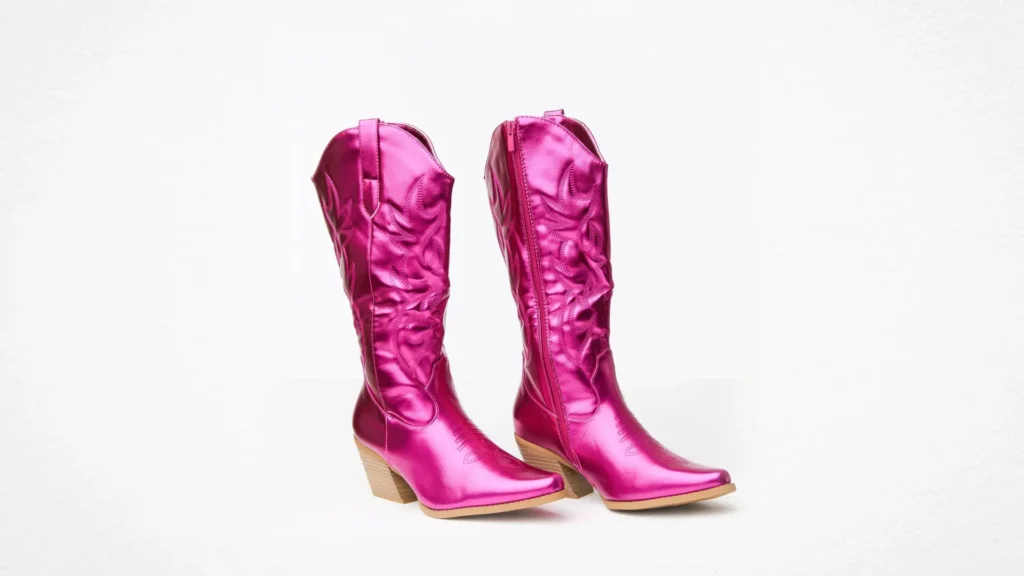
Unlike some trends that are limited to specific times of the year, vintage shoes effortlessly transition between seasons due to their versatility and adaptability.
Spring calls for light, airy outfits, and vintage shoes provide the finishing touch. Think floral-printed espadrilles, woven mules, and dainty ballet flats reminiscent of the 1950s. These styles complement spring dresses and skirts beautifully.
When temperatures rise in summer, nothing beats the breezy elegance of vintage-inspired sandals. Strappy gladiator sandals, block-heeled mules, and leather thongs harken back to the carefree days of the 1960s and 1970s. Their breathable designs make them ideal for summer outings.
As leaves begin to fall, vintage boots take center stage. Ankle boots with decorative buckles, knee-high riding boots, and rugged hiking boots inspired by the 1980s add warmth and character to autumn outfits. Paired with cozy sweaters and tailored trousers, these shoes exude effortless sophistication.
Winter is the season for bold statements, and vintage heels deliver just that. Velvet pumps, embellished stilettos, and sleek ankle boots channel the glamour of the Art Deco period. These luxurious styles elevate winter party looks and work equally well with festive dresses.
Iconic Styles Leading the Charge
The resurgence of vintage shoes is not a one-size-fits-all phenomenon; it’s driven by specific styles that have captured the imagination of fashion enthusiasts across generations. Each iconic silhouette brings its own unique flavor to the trend. It reflects the cultural and aesthetic values of its era while seamlessly integrating into modern wardrobes. Let’s explore some of the standout styles leading this revival.
1940s and 1950s Pumps: Femininity Reimagined
Pumps from the 1940s and 1950s embody timeless elegance with their modest heels, pointed toes, and intricate details like bows, ankle straps, and cutouts. These shoes were designed to complement the hourglass silhouettes popular during these decades. These vintage shoes were a symbol of feminine grace.
Contemporary vintage shoes feature updated materials—metallic finishes and patent leather—and playful embellishments. Designers have also introduced wider widths and cushioned insoles to cater to modern comfort needs.
These pumps effortlessly transition from day to night. Pair them with tailored trousers for a polished office look. Their understated glamour ensures they remain a wardrobe staple.
1970s Platforms: Bold Heights, Bolder Statements
Platform shoes defined the disco era of the 1970s. They were characterized by their dramatic soles, bold colors, and luxurious textures. Adorned with glitter, suede, and wood, platforms became synonymous with confidence and self-expression.
Today’s platforms come in various forms, from chunky sneakers to strappy sandals. Neutral tones and sleek lines make them versatile. Jeffrey Campbell and Gucci have reimagined platforms with contemporary twists.
Platforms can elevate outfits literally and figuratively. Wear them with flared jeans and crop tops for a retro vibe. Their versatility allows them to work in casual and formal settings.
1980s Sneakers: Retro Cool Meets Streetwear
The 1980s saw the rise of athletic footwear as a fashion statement, thanks to the growing popularity of hip-hop culture and aerobics. High-top trainers from Reebok, Adidas, and Nike became symbols of rebellion, and innovation.
While original designs remain highly sought after, many updated versions of classic models have been released. For instance, Adidas’ Superstar and Reebok’s Club C have been reissued with modern cushioning technologies and sustainable materials.
Chunky sneakers add an effortless cool factor to any ensemble. Pair them with cropped sweatpants and oversized hoodies for a laid-back streetwear look.
1990s Minimalism: Sleek Simplicity Returns
The 1990s ushered in a wave of minimalism. Strappy sandals, mules, and square-toe boots became go-to choices for those who preferred subtlety over excess.
Square-toe boots have seen a massive comeback, blending the simplicity of the ‘90s with modern updates like kitten heels and lug soles. Strappy sandals now feature delicate chains and metallic accents.
The resurgence of vintage shoes is more than just a passing trend. It’s a testament to the enduring appeal of timeless design. By blending nostalgia with innovation, these iconic styles continue to captivate fashion lovers across generations and seasons. So step into the past—and stride confidently into the future—with a pair of vintage shoes that tell a story of their own.

